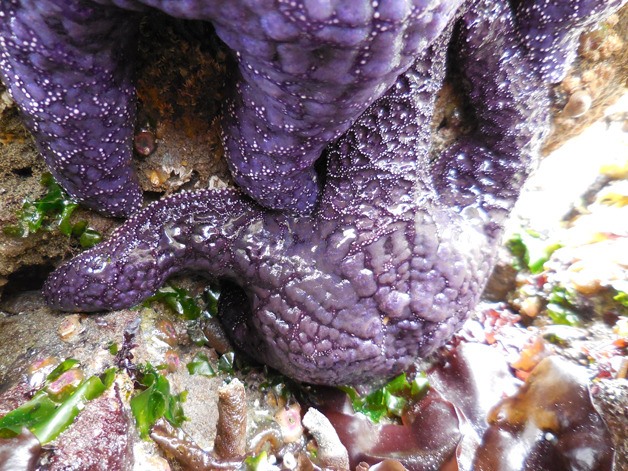Sea stars around Whidbey Island are making a slow recovery after the effects of a deadly disease wiped out millions of them over the past year.
Locals who frequent the shores and sea floor of Puget Sound are seeing a new, healthy population of sea stars.
“So far we don’t see wasting sea stars around Whidbey, and we all hope it will stay that way,” said Jan Kocian, a Langley diver.
“Of course, the numbers are still way down and certain species of sea stars are still missing, especially the Sunflower star.”
Initially puzzled by the phenomena, scientists finally pin-pointed the pathogen causing the sea star wasting disease late in 2014.
Called “densovirus,” the illness causes a deflated appearance followed by rapid deterioration, according to the University of California Santa Cruz, which has been recording the phenomena internationally.
The symptoms, which were first reported in June 2013 in Olympic National Park, include the appearance of lesions on the sea star’s skin, followed by decay of tissue that leads to its body falling apart and eventually death.
From information aggregated from all over the Pacific Northwest, UCSC is also reporting that the tide has turned in some areas for the sea star. However, “sea stars with symptoms of wasting syndrome continue to be observed along the West Coast of North America, and remain geographically patchy.”
In Washington, UCSC has citizen scientists reporting that they are seeing only healthy sea stars and in a few areas, substantial numbers of juveniles.
Island County Beachwatcher Charlie Seablom can attest that in areas monitored by the group since early May, they haven’t seen any signs of star wasting disease.
“The signs are good,” Seablom said.



